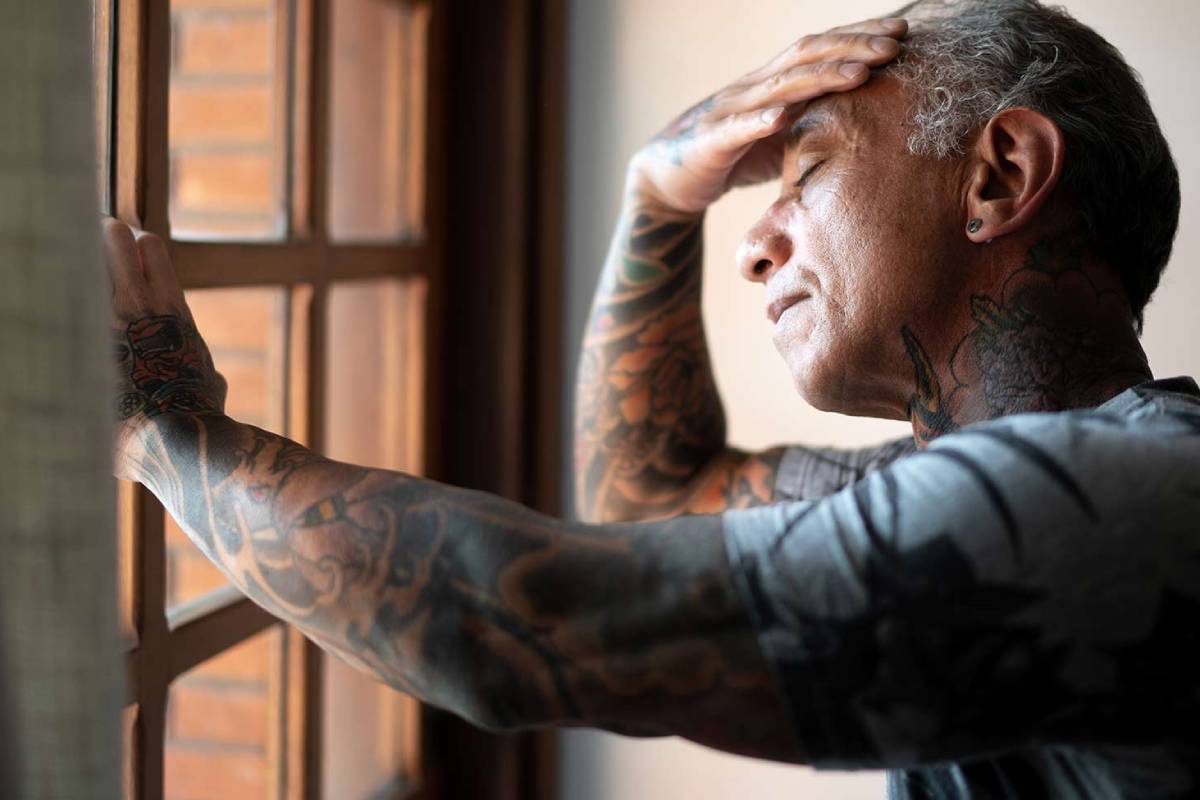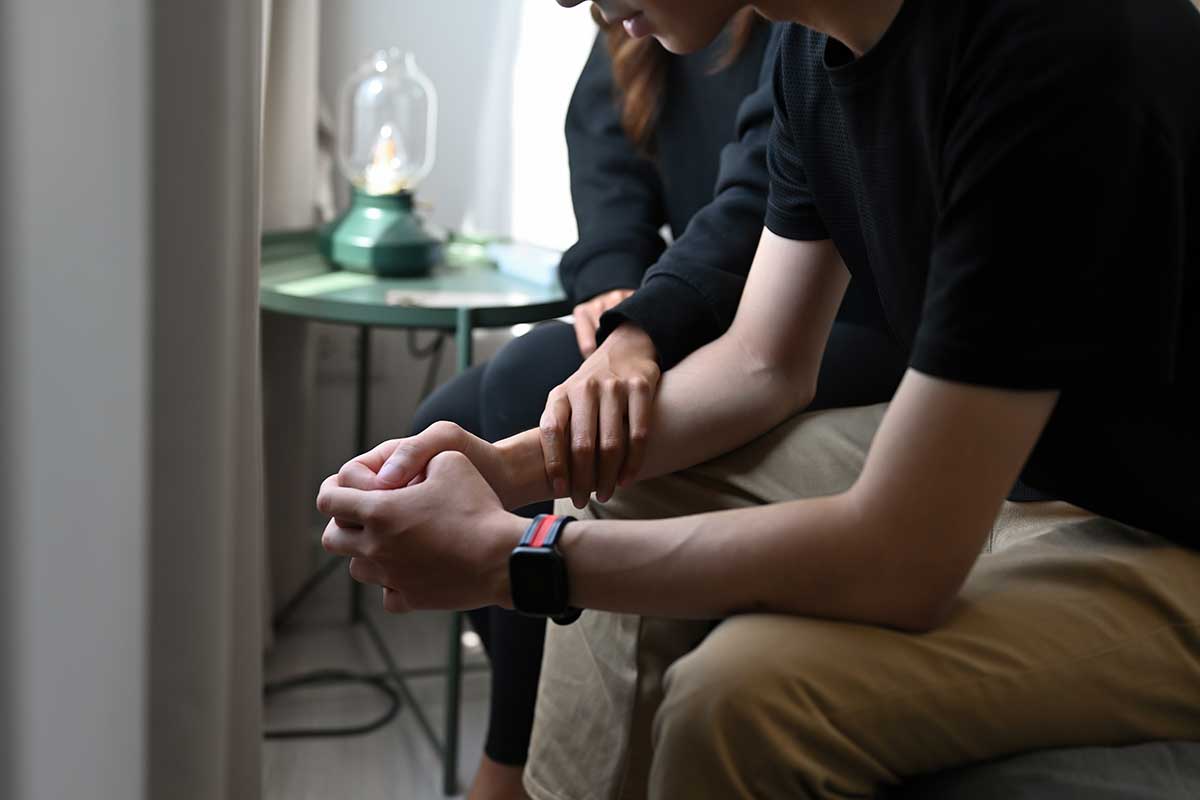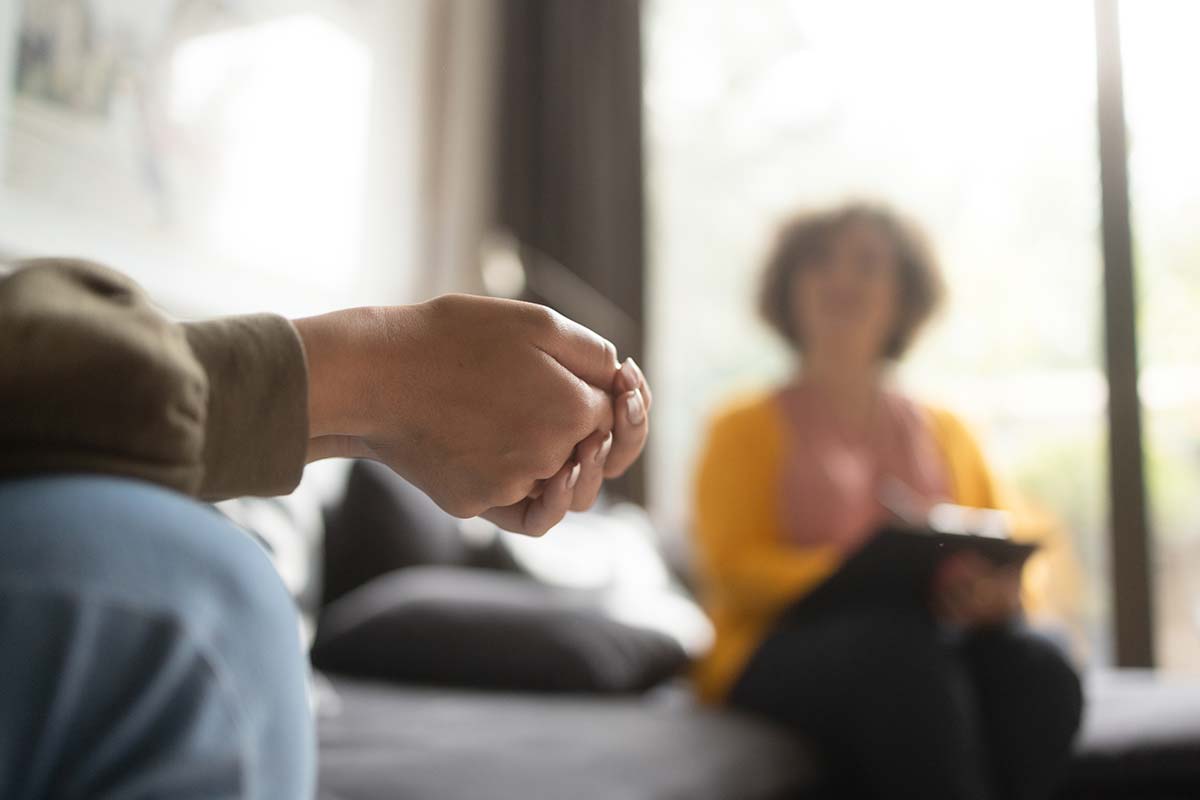Domestic Violence, also called Intimate Partner Violence (IPV), affects people of all sexual orientations and gender identities. IPV occurs at similar or even greater rates in the LGBTQ+ community as it does in heterosexual groups. However, members of the LGBTQ+ community experience unique circumstances and barriers to assistance that can have a serious impact on how they experience domestic violence.
It’s vital that mandated reporters and domestic violence organizations educate themselves on the ways IPV affects LGBTQ+ people to best serve these communities.
Lesbian Women & Sexual Minority Men Experience IPV at Similar Rates to Heterosexual Groups
In 2015, the Williams Institute reported that 37.3% of bisexual men and 25.2% of gay men experience IPV in their lifetimes, compared to 28.7% of heterosexual men.
Similarly, 40.4% of lesbian women experience IPV in their lifetimes compared to 32.3% of heterosexual women.
Although the rates of IPV are slightly higher for lesbian women and bisexual men, the report notes that these differences are not considered statistically significant.
More Than Half of Transgender and Nonbinary People Experience Intimate Partner Violence in Their Lifetimes
Domestic violence affects transgender and nonbinary people at alarming rates. 54% of transgender and nonbinary people experience intimate partner violence in their lifetimes, according to the 2015 U.S. Transgender Survey.
In the U.S., transphobia and systemic discrimination increase the vulnerability of transgender and gender non-conforming people. In fact, for the first time in 40 years, 2023 became the first year that the Human Rights Campaign declared a National State of Emergency for LGBTQ+ Americans. The Human Rights Campaign has tracked anti-transgender violence for more than 12 years. In the 12 months following National Transgender Remembrance Day in 2023, at least 36 transgender and gender-expansive people lost their lives to fatal violence. As of November 2024, 61% of all victims of fatal violence against transgender people were Black women.
Bisexual Women Face Alarming Rates of Sexual Violence
A 2020 report by the Human Rights Campaign found that 61% of bisexual women experience rape, physical violence, or stalking by an intimate partner in their lifetimes, compared to 35% of straight women. The Williams Institute shared similarly concerning rates, finding that 56.9% of bisexual women reported IPV in their lifetime.
LGBTQ+ Youth Report Higher Rates of Dating and Intimate Partner Violence Than Their Straight Peers
The Human Rights Campaign report also found higher dating and intimate partner violence rates in LGBTQ+ youth than in their straight peers. 7% of non-LGBTQ youth reported physical dating violence, and 8% reported sexual dating violence, while 18% of LGBTQ+ youth experienced physical dating violence, and 16% experienced sexual dating violence. Transgender youth experienced the highest levels of physical dating violence.
LGBTQ+ youth of color are at greater risk of physical and sexual dating violence compared to non-LGBTQ+ white youth. The Human Rights Campaign’s report demonstrates that 19% of Black youth, 20% of Native American youth, 13% of Asian youth, and 16% of Latinx youth have experienced physical dating violence, compared to 6% of non-LGBTQ+ white youth.
LGBTQ+ Individuals Experience Unique Barriers to Assistance
LGBTQ+ communities experience unique barriers to receiving appropriate support in dealing with intimate partner violence.
Per the Human Rights Campaign, 85% of service providers working with LGBTQ+ victims report that the victim had previously been denied services because of their sexual orientation or gender identity. To help address this, the reauthorization of the Violence Against Women Act in 2013 recognized the LGBTQ+ community as an underserved population entitled to be protected from discrimination by service providers.
These barriers can include:
- The risk of outing oneself when seeking help.
- Programs lacking knowledge about LGBTQ+ communities and relationships.
- Potential homophobia or transphobia from staff, service providers, or other survivors.
- Low levels of confidence in the sensitivity and effectiveness of law enforcement and courts for LGBTQ+ individuals.
- Racism and a lack of intersectional services among both non-LGBTQ+ and LGBTQ+ specific IPV programs.
Moreover, according to the US Trans Survey 2022, nearly half (48%) of transgender individuals surveyed received negative or even abusive care from healthcare professionals in the last 12 months. Nearly one-quarter of respondents (24%) did not see a doctor when they needed to out of fear of being mistreated. Another 44% of respondents experienced serious psychological distress in the last 30 days as a result of the care provided to them.
More Research is Needed to Understand and Address This Issue
There is a great need for further research on the topic of LGBTQ+ intimate partner violence.
The Williams Institute expressed limited availability of research on IPV in LGBTQ+ communities using randomly selected, representative samples. In particular, there were a very limited number of studies devoted solely to transgender people. Furthermore, per the Human Rights Campaign, while some federal and state data collection efforts include metrics on gender identity, most do not, leading to a lack of inclusive data.
Continued research and advocacy are essential to help LGBTQ+ individuals who have experienced domestic violence connect with potentially life-saving services.
If you or someone you care about has experienced domestic violence, find more resources from the National Domestic Violence Hotline.



